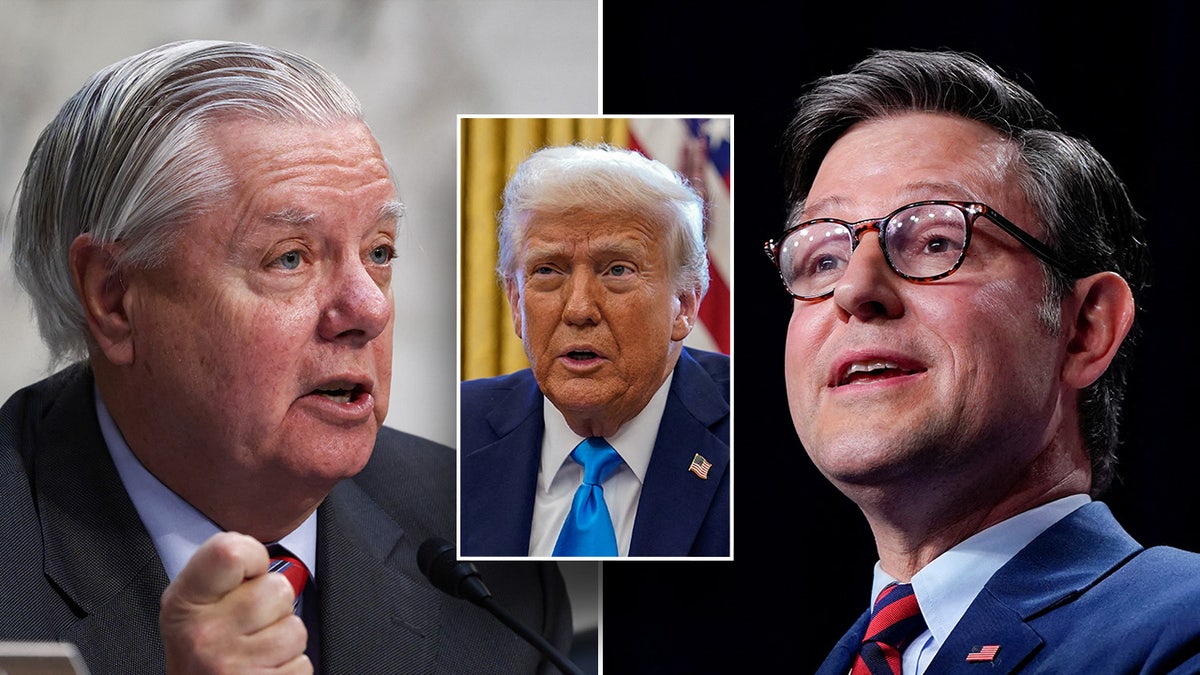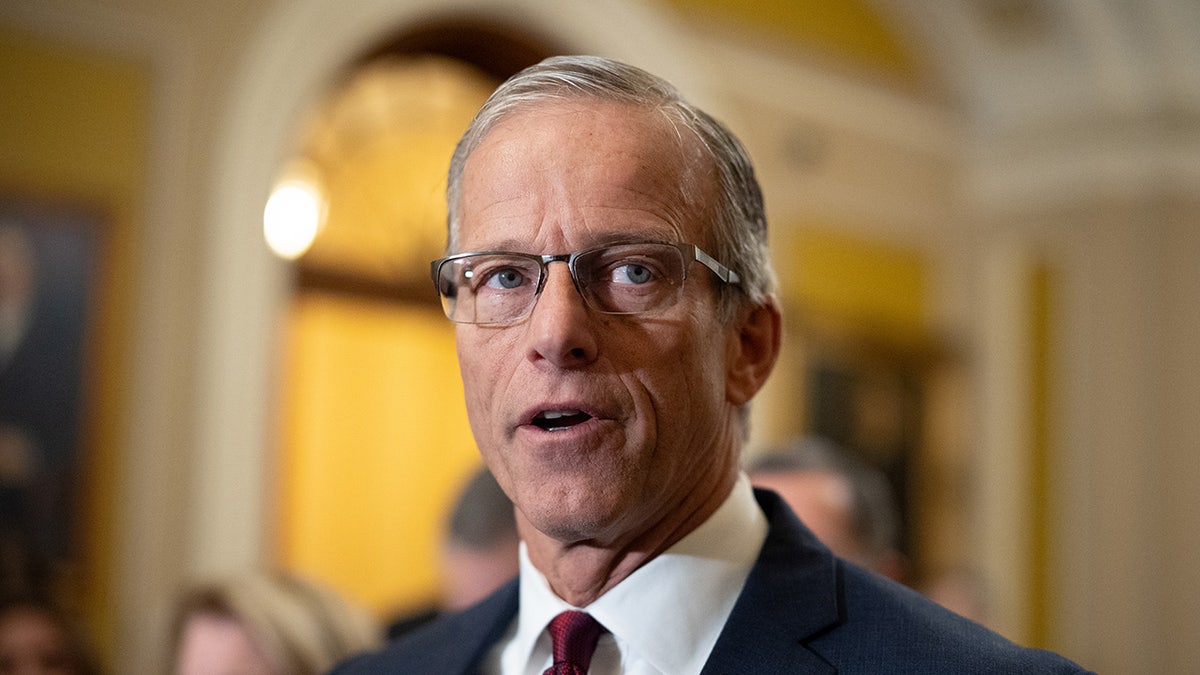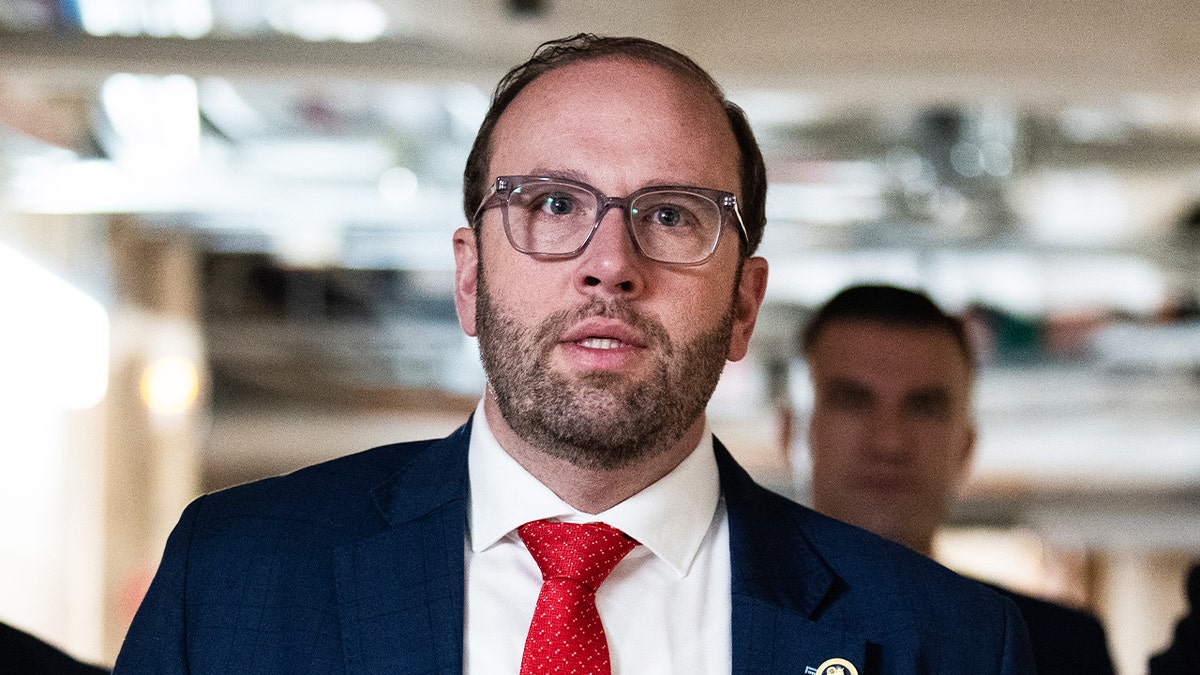House Republicans are racing to get ahead of their Senate counterparts on plans to pass sweeping conservative policy legislation and advance President Donald Trump’s agenda.
Plans to take the first step in the budget reconciliation process this week were scuttled in the House, with fiscal hawks pushing GOP leaders to raise their proposed floor for spending cuts after balking at an initial rough proposal presented last month at the House Republican issues retreat in Miami.
Meanwhile, the Senate is moving full steam ahead with their own plan to advance a budget resolution on Wednesday and Thursday. Senate Budget Committee Chairman Lindsey Graham, R-S.C., unveiled the upper chamber’s plan on Friday.
House Speaker Mike Johnson, R-La., told reporters that same day that he was hopeful the House Budget Committee would take up the lower chamber’s resolution on Tuesday.
SCOOP: KEY CONSERVATIVE CAUCUS DRAWS RED LINE ON HOUSE BUDGET PLAN

A plan to leapfrog House Republicans on the reconciliation process was unveiled to senators on Wednesday. (Reuters)
“We’ve got a few more people we’ve got to talk with and a couple of more boxes to check, but we are almost there,” Johnson said. “The expectation is that we will be marking up a budget next week, potentially as early as Tuesday, the resolution. That will, of course, begin the process and unlock the whole reconciliation process, which I think we can wrap up in a short amount of time.”
Two House GOP lawmakers told Fox News Digital on Friday that the plan would call for a minimum of $2 trillion to $2.5 trillion in spending cuts over a period of 10 years.
Republicans plan to use their majorities in the House and Senate to pass a wide swath of Trump policy initiatives, from extending the 2017 Tax Cuts and Jobs Act to funneling more cash to operations at the U.S.-Mexico border.
The budget reconciliation process makes that possible by lowering the threshold for Senate passage from 60 votes to a simple 51-seat majority. Because the House already operates on a simple majority threshold, it will allow Republicans to skirt Democratic opposition to pass their agenda — provided the measures included involve budgetary or other fiscal matters, as reconciliation rules call for.

Senate Majority Leader John Thune, R-S.D., is leading his chamber on a two-track reconciliation bill. (Getty Images)
A group of House Republicans, including Johnson, were at the White House on Thursday to discuss the process.
Trump told lawmakers he wanted the reconciliation plans to include eliminating taxes on tipped and overtime wages, no taxes on seniors, and no taxes on Social Security payments.
While they agree on the overall policies that need to pass via the reconciliation process, House and Senate Republicans differ in their preferred approach.
House Republicans are aiming to put all of Trump’s priorities on taxes, border security, energy, and defense into one large bill — complete with deep spending cuts to offset the new funding.
BLACK CAUCUS CHAIR ACCUSES TRUMP OF ‘PURGE’ OF ‘MINORITY’ FEDERAL WORKERS

House Ways & Means Committee Chairman Jason Smith, R-Mo., is among the biggest proponents of a one-bill approach. (Tom Williams)
The Senate plan, meanwhile, would split the process into two bills. The first, unveiled by Graham on Friday, includes Trump’s border, energy and defense policies. A second bill would deal with taxes.
CLICK HERE TO GET THE FOX NEWS APP
But House GOP leaders are concerned that the intense political maneuvering the process takes will mean they run out of time before passing a second bill with Trump’s tax cuts at the end of this year.
A Ways & Means Committee memo sent earlier this year projected the average American household could see taxes rise by over 20% if those provisions expire at the end of 2025.
Trump himself has repeatedly called for “one big, beautiful bill,” but said he ultimately was not concerned about the packaging as long as all of his priorities were passed.